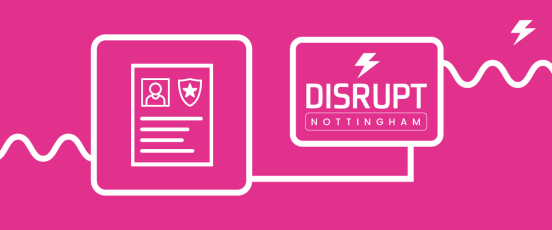Gaining talent with employer branding

Employer branding is a unique facet of the story you put out your employees and potential new hires. It’s vital you get it right if you want a healthy hiring pipeline. But where do you start?
Understanding employer branding
It’s helpful to get a sense of what an employer brand is first.
You’re probably familiar with brand as a broad concept. It’s the identity of your company, the story you convey to the wider world, and it forms a pillar of your identity as a business. An employer brand is a facet of this, and it specifically relates to how your employees (and potential employees!) think of you. It can encompass questions like:
- What do we stand for as a company?
- Why do people want to work here?
- What puts people off working here?
- What parts of our working culture are set in stone?
With a strong employer brand, you’ll attract candidates who are already a natural fit for the workplace you want to build. A weak one will attract the wrong candidates, or worse- put them off applying at all.
If you’re not careful, there can be conflict between your customer brand and your employer brand. For example, if you position yourself as a sustainable, eco-friendly company, but this isn’t reflected in how you treat your employees, this can lead to reputational damage. Consistency is a key component of a successful employer brand. You also need to consider your employee value proposition (EVP).
Identify your unique employee value proposition
An employment value proposition is a key part of an effective employer branding strategy. In short, an EVP covers the benefits and experiences that you offer your employees. What value do they get out of working with you beyond their salary?
You’ll have naturally created an EVP without even intending to, so it’s important to take stock of your current status before making any changes. What’s working? What isn’t? What do your current employees want? Does that match what you’d like to offer future candidates?
Aligning your EVP with your broader company values and culture is vital. This will keep everything consistent and ensure every employee you attract is already keen to work with you. That saves a lot of energy for your recruitment team, with emphasis being taken off outreach and placed on making the recruitment process smooth instead.
Creating an engaging employer brand story
Before you start telling your story, you need to know what audience you’re talking to. From there you’ll be able to craft a consistent message that resonates, engaging people across the business.
Employee testimonials can be really powerful at this stage. It adds a level of authenticity to your messaging that constructed narratives can’t. Reach out to your employees and see if any are willing to share their story of working with your organisation.
An internal messaging platform can really help with this, especially if it allows multimedia posts. This means you can create different materials to engage different people. One person might find a blog post useful. Others will prefer a short-form video. Create a range of material if you can, and you’ll find more employees will get an understanding of what you’re trying to do.
Long term, you’ll also need to look into how you communicate this brand externally so that you can engage potential candidates. Social media is often a good platform to make this happen.
Crucially, your messaging needs to be consistent across different platforms. Even if you’re speaking to different audiences (internal and external, for example), the messaging should be the same. Otherwise, current employees will be confused as to why you’re telling new hires something different, and new hires will be alienated when they see alternative messaging internally.
Integrating employer branding into your hiring process
The best way to get your EVP across during the hiring process is to make sure everyone gets a consistent candidate experience. Recruitment software is the simplest way to make this happen, as you’ll be able to speed up the whole process with less manual intervention required. That lets your recruitment team focus on engaging candidates, providing feedback and demonstrating your EVP at every stage.
Finding ways to showcase your brand during interviews and onboarding is key. This could take the form of asking values-based questions and providing learning material during the onboarding process.
Encouraging employee advocacy
As mentioned, employee testimonials are one of the best and most authentic methods of showing your employee value proposition to the wider community.
Employee advocacy can also help you flesh out your employee brand strategy. When employees speak positively of you, what are they talking about? What are they excluding? What’s important to them and what do they not particularly care about? This will help you refine things further, emphasising options in your rewards package that are relevant to them.
People First offers a great way to get a sense of employee advocacy. Check-ins and sentiment analysis can give you a general overview of how employees are feeling, and help you pinpoint where improvements can be made. Likewise, it gives you a platform to encourage people to share their stories. You can reward advocacy efforts, but the best material is authentic and natural.
To learn more about how People First can improve your employee experience, creating a stronger employer brand as part of your day-to-day operations, take a look at our guide.



